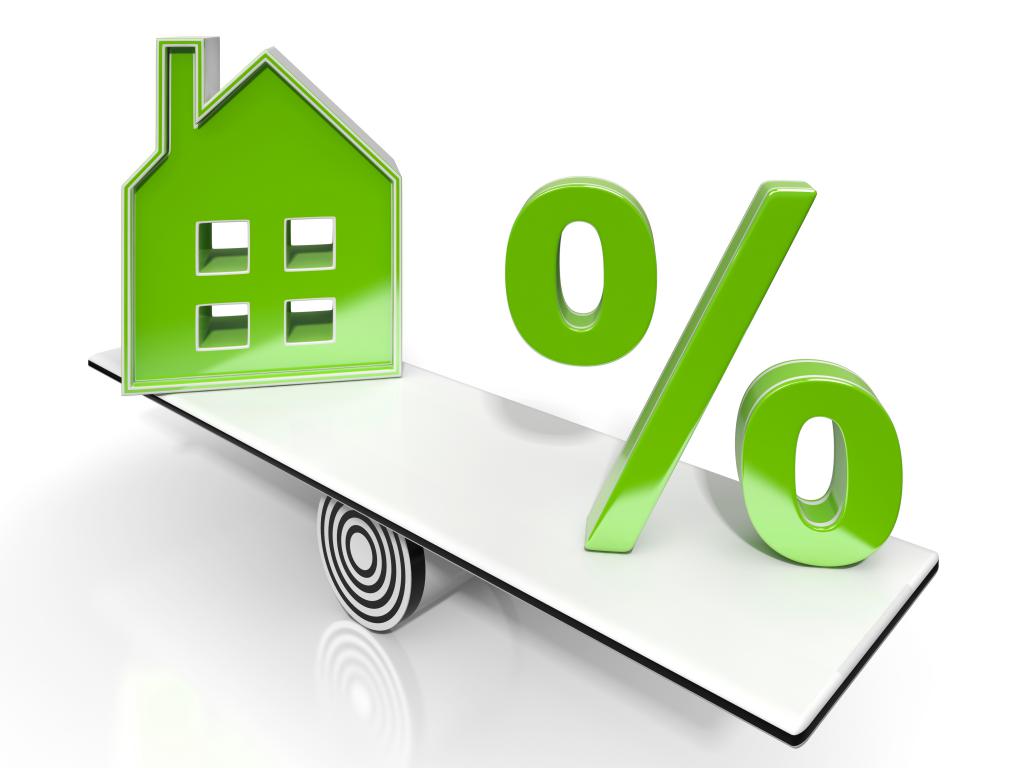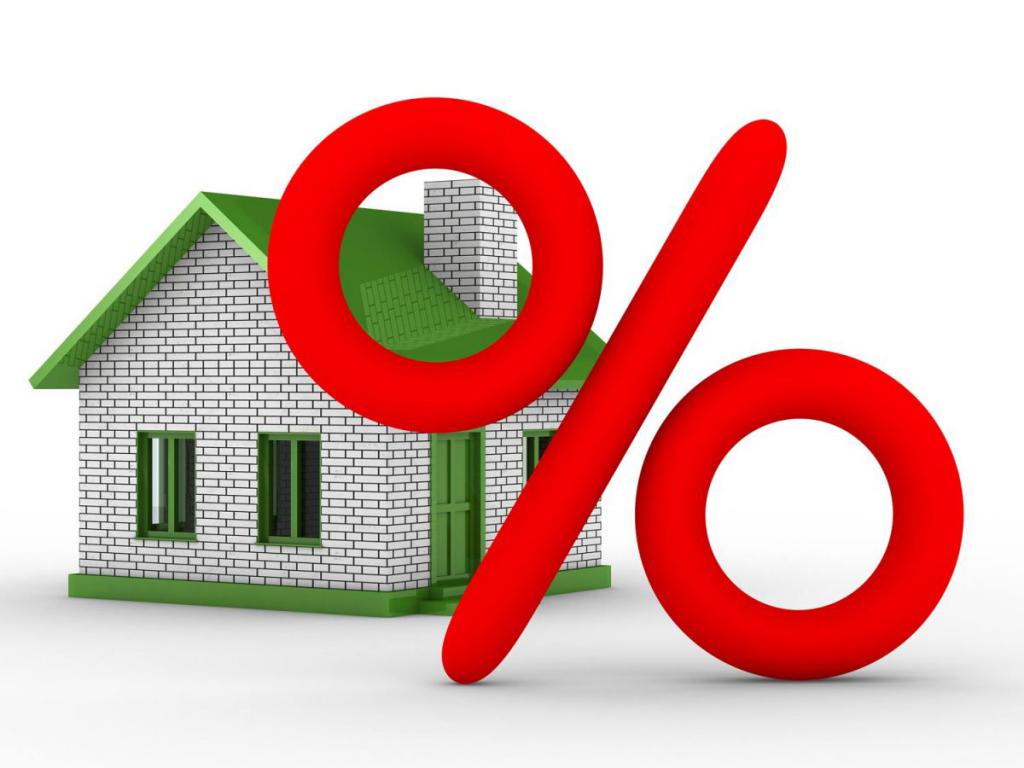The discounted cash flow method is complex and difficult to calculate. He evaluates the analyzed object upon receipt of diverse cash flows from it, modeling the features of their receipt.

How much does future money cost?
Cash flow discounting method – this is the reduction of the value of cash payments in the future to the present time period. Discounting is based on the concept of the value of money decreasing over time in the economy. Over time, money loses its value compared to the current one. As a reference, you need to take the present moment of calculation and bring all subsequent financial receipts to the current period. To do this, apply the coefficient used in the method of discounting cash flows. An example of its calculation is as follows: k = 1 / (1 + r)i. In the formula, r denotes the discount rate, i symbolizes the number of time period.

Where to apply the method?
The cash flow discounting method is used universally. It allows you to determine how much future income is in the present tense. Financial flows can be volatile, incomes can be replaced by losses. The dynamics of change can not always be predicted. You can always evaluate the property in terms of the current benefits that it can bring tomorrow.
It is advisable to apply the cash flow discounting method if:
- there are arguments to believe that financial flows will substantially decrease or increase over time;
- the valuation subject is sufficient to calculate future income (positive or negative);
- financial flows are seriously affected by seasonality;
- The subject of evaluation is an object with an expanded set of possible functions;
- the property being valued has just been built or commissioned.

What data is needed for the calculation?
For the calculation by the method of discounting cash flows and bringing them to the current moment, the following data are required:
- Profitability (cash flows themselves).
- Terms of settlements.
- Discount rate.

Algorithm Actions
Consider the algorithm for calculating the value of the method of discounting cash flows.
The basis for the calculations is profitability. This is the real cash flows from the valued property with the income approach. The cash flow discounting method takes into account the net free flow, that is, those finances that remain at the disposal of the owner after deducting all costs, including investments.
The determination of the billing period depends on the amount of real estate data. If they are enough and necessary to make forecasts for the long term, you can choose a longer time period or increase the accuracy of the forecast.
In Russia, the average forecast period is thirty-five years.
This indicator gives the value of income to date relative to value. To do this, the financial flows must be multiplied by the discount rate, which is the established rate of income that can be expected by the investor who has invested in the value of the enterprise.

Cash flow discounting method and influence factors
When calculating the rate, the following influence factors are taken into account:
- inflation rate;
- profitability on objects;
- profit taking into account all risks;
- Central Bank rate;
- percentage of commercial banks for borrowing funds;
- average cost of capital.

Method Application Method
For the adequate use of the method of discounting cash flows in evaluating a business, it is necessary to act according to the following algorithm:
- The choice of the period for the assessment. In Russia, it cannot exceed thirty-five years. The world uses longer periods of assessment.
- Determining the type of cash flow being investigated. For example, one can describe the magnitude of financial decreasing and increasing flows (income and losses) by describing the financial statements (current and previous years) and the current situation in the modern market, taking into account errors. Several types of income are taken into account: total income (net of real estate tax and business expenses); projected total income; net operating income (net of investments in fixed assets and payments on loans and borrowings); financial flows before and after paying fiscal fees.
- Calculation of the reversal or residual value of the evaluated object after the income ceased to flow. The reversion can be approximately determined by studying the cost of such objects in the Russian market or forecasting the market situation. It is possible to calculate the capitalization rate or annual income following the end of the forecast time period.
- Calculation of the discount rate. A difficult moment in this calculation is the correct forecasting of the rate of future income. There are more than ten ways to do this in the cash flow discounting method. Examples of economic calculation methods: cumulative method or risk addition, investment comparison methods, allocation method (calculating the percentage of transactions relative to similar objects), monitoring based on market monitoring for analysis of real estate investments, in which the rate is derived by comparing summary indicators.
- Application of the method of discounting cash flows according to the calculated initial indicators. For the calculation, the following formula is used: DDP = ∑Nt = 1DP / (1+ Sd)twhere DDP - discounted cash flows; DP - cash flow in the selected time period (t); SD - the rate of future income; t is the time forecast period; N is the number of forecast periods for future cash flows.

Discount Rate Methods
In realities, specialists use the following methods to calculate the rate of income:
- cumulative construction;
- comparison of alternative investments;
- allocation of interest;
- market monitoring.
The most popular way in Russia
The cumulative construction method is based on the fact that the discount rate is a risky function. It is taken as a combination of all the risks that are possible for each property separately. The rate is equal to the sum of the risk-free rate and the risk premium. The last component is calculated by summing the values of the available factors for the analyzed property.
Specialists in Russia usually calculate the discount rate by cumulative construction. This is due to the simplicity of calculating the rate of return for this method in the current conditions of the domestic real estate market.
Compare and conclude
The method of diverse investments, or rather their comparison, is used, as a rule, in calculating the future value of real estate. Either the rate of return declared by the investor can be taken as the rate of return, then the rate is set by the sponsor, or the expected rate of return of other similar projects or tools understood by people who invest money.
Highlight the main
The allocation method is used when the rate of return is calculated as an interest rate. It is considered based on information on similar transactions with objects on the real estate market. This method is time consuming and complicated. The calculation mechanism is:
- in building hypotheses about the magnitude of future income;
- comparing future finance flows with initial investments (acquisition cost).
In this case, the formula will be calculated depending on the amount of initial information and the size of the stated rights of the buyer. The rate of return, unlike the ratio of initial investments, cannot be allocated directly from the data on the sale. There is no way to calculate it without highlighting and analyzing the buyer's assumptions regarding future financial opportunities.
The most convenient option for calculating the discount rate by the allocation method, provided that there is a survey of the investor (sponsor) and clarification:
- what percentage was used in determining the initial selling value;
- how future finances were predicted.
If the appraiser has obtained all the data he needs, then he can calculate the internal rate of return of a similar object. He will rely on the figure obtained in determining the rate of return on other transactions. It is worth remembering that each object is unique, inimitable and has its own financial features. Although, with certain deviations (inaccuracies), it is possible to obtain the value of the discount rate by the allocation method, which will correspond to the general expected development in the future. However, you need to know that as such transactions should be selected those for the sale of objects similar to the original, the existing use of which is the most effective.
The calculation progress according to the allocation method in steps:
- modeling for a similar object during a given time period according to the scenario of the most efficient use of all available financial flows;
- calculation of the rate of return on investments for the object of calculation;
- analysis of the results by any statistical or expert method in order to bring the existing characteristics of the analysis to the estimated property.
Rate the market
The monitoring method is based on the following data:
- constant analysis of the market situation;
- tracking transaction indicators of investments in real estate.
Analyzed information should be generalized to various market sectors and regularly covered. The data provide guidance for evaluators. They allow you to conduct a comparative analysis of the calculated indicators with the existing ones, to verify the veracity of various correction deviations. If you need to take into account the effect of risk on the discount rate, instant amendments should be made to the rate of return when assessing immovable objects. If the income consists of two or more sources, one of which can be considered guaranteed and reliable, then one income rate is applied to it, and other sources are discounted at a higher rate. For example, the size of premiums in the form of percentages is set on the tenant's business volume and is a variable that varies over time, depending on seasonal factors. This technique helps to take into account the degree of risk when making a profit from a property in a single form. By analogy, it is possible to take into account the different degrees of risk of generating income from the property over time periods.
